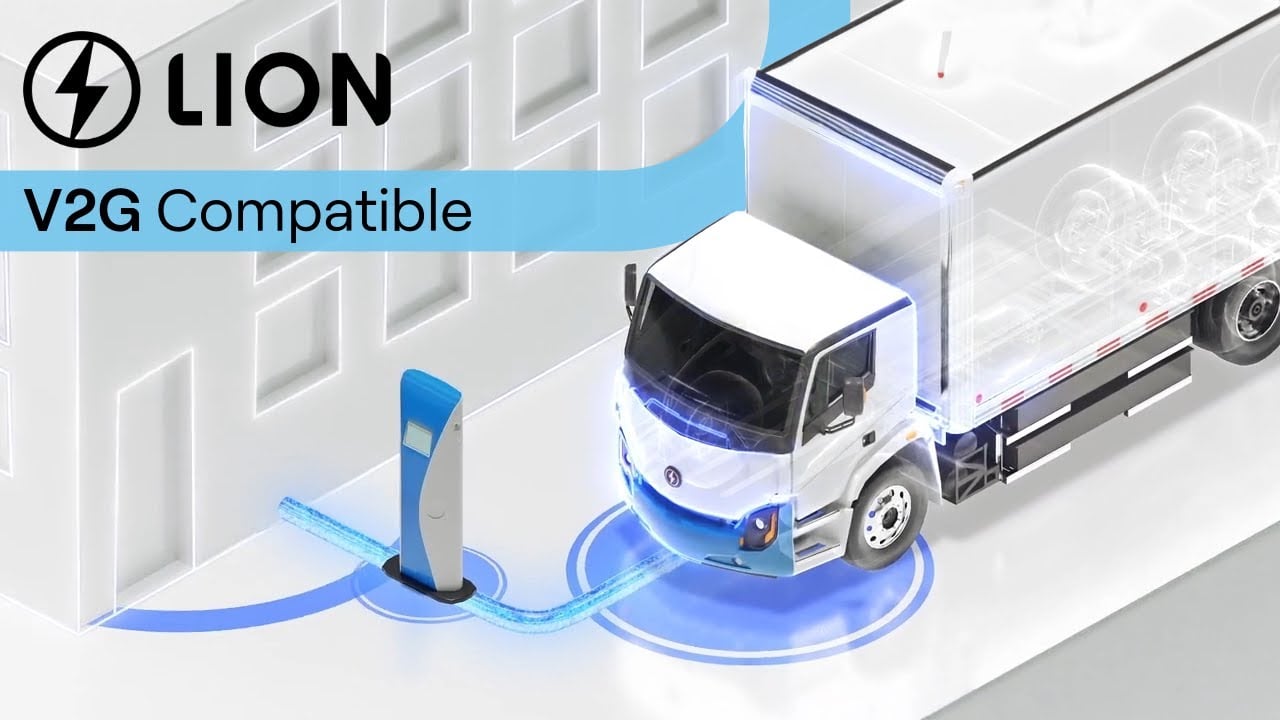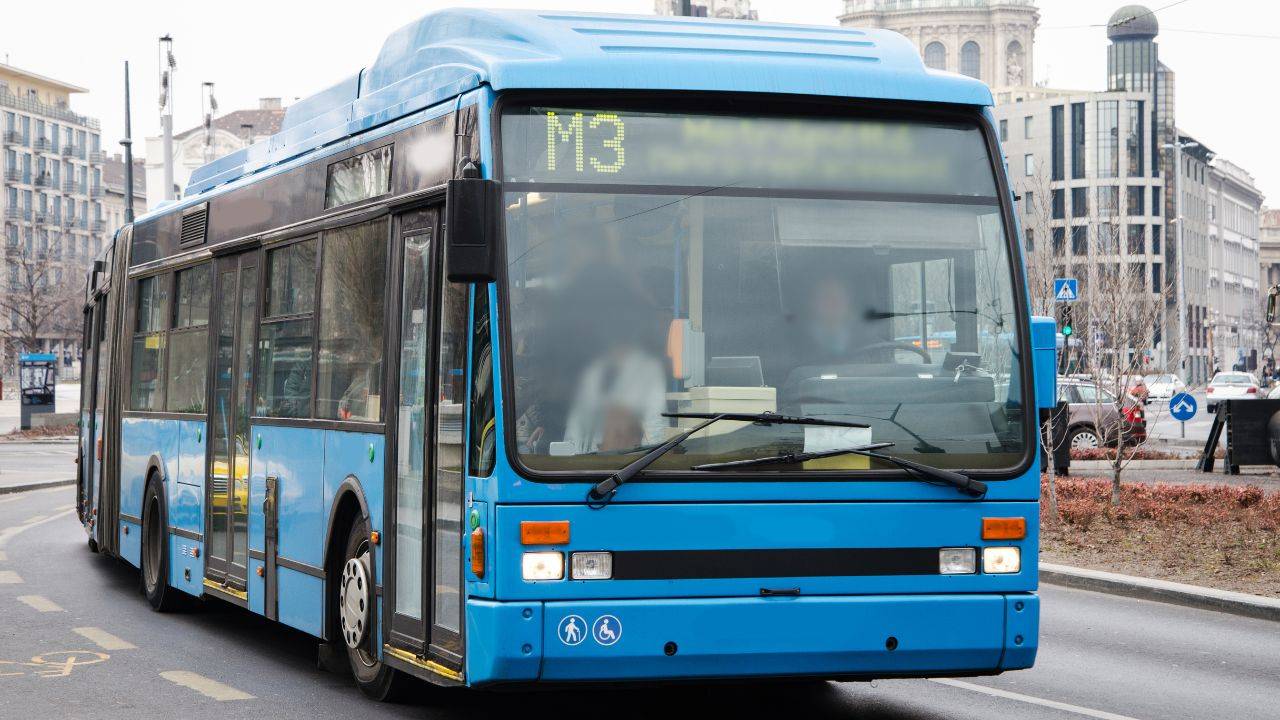As buses, garbage trucks, delivery vans, and even pickup trucks go electric, their batteries could become a huge source of energy storage and backup power supply.
Although this vehicle-to-grid concept was developed in the late 1990s, now it’s getting much more attention, as automakers release millions of new electric vehicles every year.
According to Grist, New York City began experimenting with electric school buses in 2018.
During the school year, they ferry kids to and back from school, and during the summer break, they help the local electrical grid run smoothly.
School buses were a good place to start because the school schedule aligns well with the grid’s needs. Electricity demand tends to be highest during the summer, when people blast their fans and air conditioners. Parked buses with nowhere to go can plug in and support the stressed-out grid.
Brian Ross, Manager, White Plains Project, Con Edison
These buses have two-directional onboard chargers that can both receive and feet the electricity to the grid.
They also have smart software that automatically charges the batteries when grid demand is low and sends power back when demand is high.
Apart from finding new use for school buses during the break, this program is important for another reason.
It shows that electric vehicles aren’t just a new burden for utilities — now they can actually help provide stable electricity supply in the time of need.

More inspiring green news similar to this:


